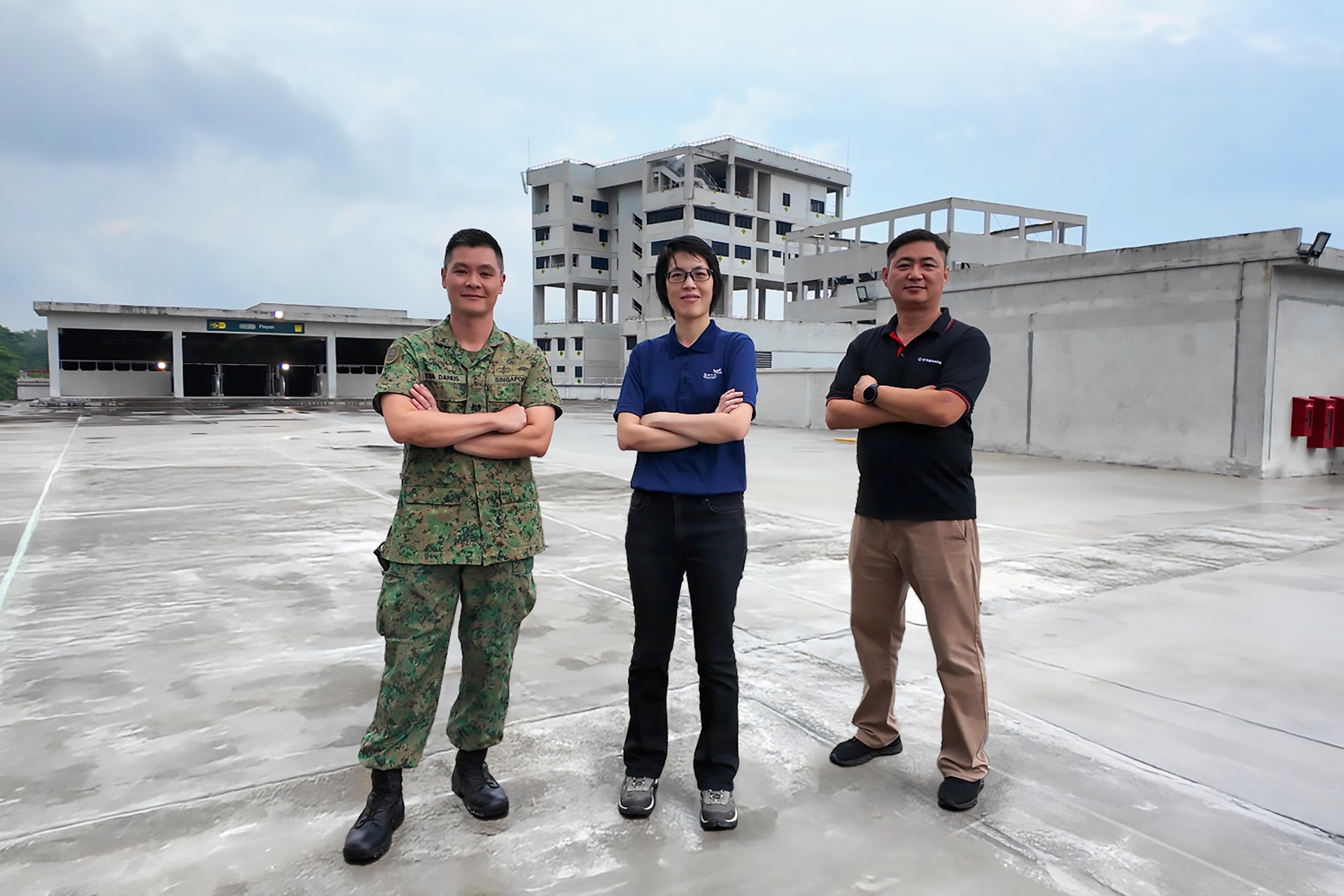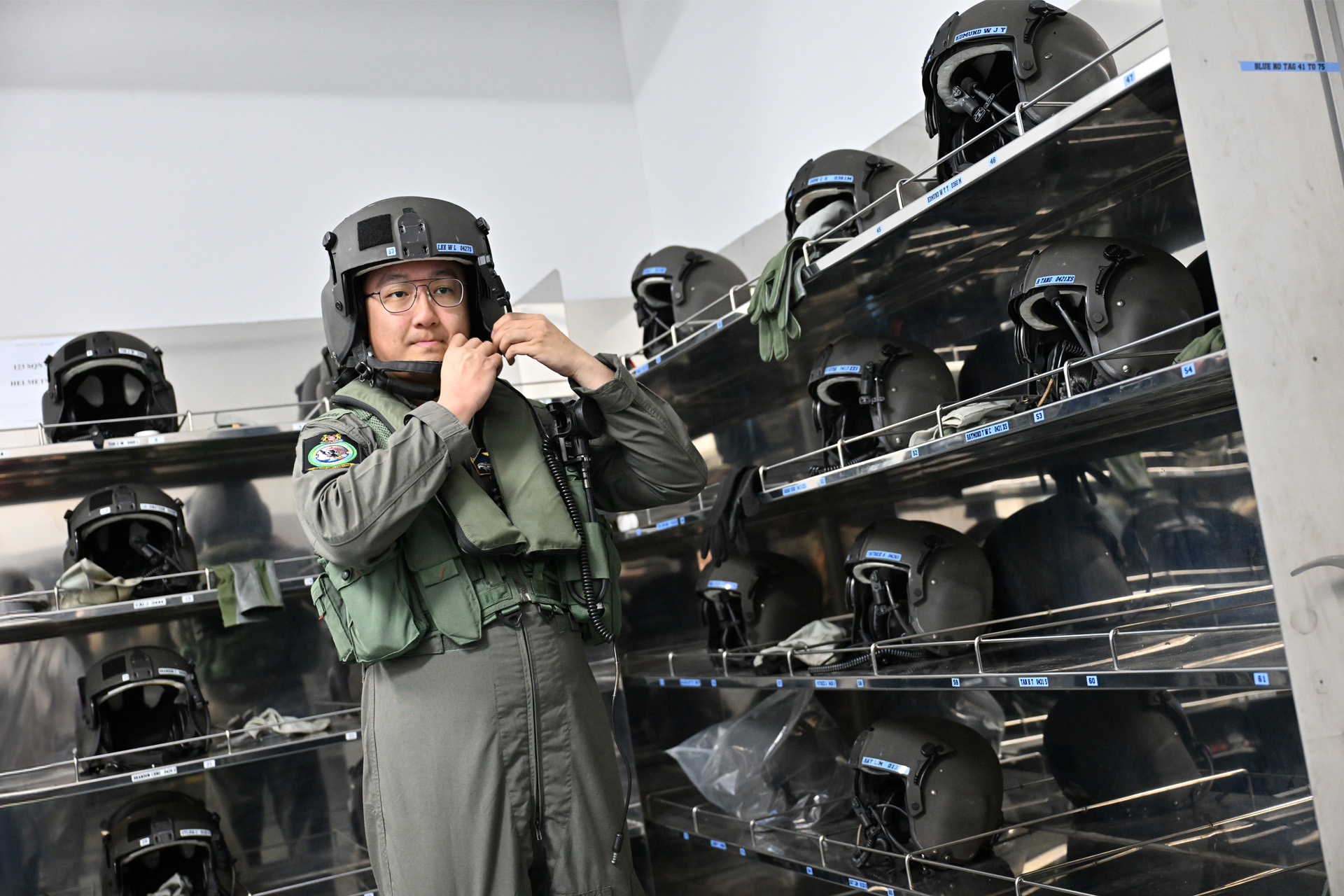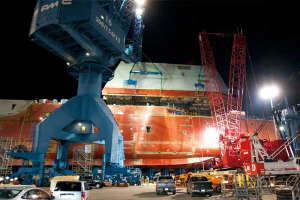TECHNOLOGY
LEVIATHAN OF THE SEAS
17 Mar 2016

Unprecedented in size and boasting state-of-the-art capabilities, USS Zumwalt will be the lead ship of the US Navy's newest destroyer class. A century ago, the idea of a naval destroyer measuring over 180m would have been absurd.
Back then, destroyers were known as "torpedo boat destroyers" which, as its name suggests, were light vessels, about 75m in length and meant to protect battleships from torpedo boats.
After World War II, with the emergence of guided missiles, destroyers became increasingly critical in direct naval warfare. Today, they have replaced battleships and battlecruisers as the main surface combatant ships.
In view of this, the US Navy is acquiring the multi-mission Zumwalt-class destroyer (DDG 1000). Tailored for land attack and littoral dominance, the destroyer will augment the US Navy's naval surface combat capabilities.
Deadly weapons
One of USS Zumwalt's core capabilities is the Advanced Gun System (AGS), which serves as the destroyer's key weapon system. Specifically designed for the DDG 1000, the AGS is capable of launching a continuous barrage of projectiles with deadly precision at a rate of 10 rounds per minute. This enables the destroyer to provide accurate, high-volume and persistent fire support to forces ashore.
To sustain its firing rate, the AGS has a built-in barrel cooling capability, which pumps fluid through the barrel to maintain a constant temperature. The barrel of the AGS is also contained within a shaped jacket to decrease radar and infrared signatures, thus reducing chances of detection by enemy forces.
The 155mm calibre gun system utilises munitions unique to the AGS - the Long Range Land Attack Projectile (LRLAP). This has an estimated range of 63 nautical miles (116 km), which is about thrice the range of conventional naval surface fire weapons. Each gun can hold about 300 rounds of LRLAPs, which are handled by an automated loading mechanism.
A fully-automated platform, the AGS is entirely driven by electric motors. Movements, loading and unloading of the gun are all done by electric drive, with no personnel required to man the system.
The AGS also deploys the MK57 Vertical Launching System, which allows for easier and more cost-effective integration of current and future missile designs. It consists of a Canister Electronic Unit, which functions like an adapter and links the missile to the ship's combat system, thus enabling the destroyer to quickly switch to new missile systems.
It is also equipped with the Peripheral Vertical Launch System, where missile cells are embedded between the inner and outer hulls. This protects both launchers and missiles from external fire as the cells are hidden and safely isolated from the crew and the rest of the ship equipment. The cells are also designed to explode outward if they are hit, leaving the watertight inner hull intact.
Enhanced capabilities
Equipped with active and passive sensors as well as a SPY-3 Multi-Function Radar, USS Zumwalt is able to conduct air surveillance, including land and coastal areas.
The ship sports a wave-piercing "Tumblehome" hull design which has angular sides sloping down towards the waterline. This design greatly reduces the cross-sectional area of the destroyer, decreasing its detection by sonar. This helps the vessel maintain a low profile and makes it harder for enemies to detect.
Apart from the AGS, the ship is equipped with two 30mm Close In Guns. It also has space for two MH-60R Seahawk helicopters (each measuring about 20m in length) or one MH-60R helicopter with three Vertical Take-off Unmanned Aerial Vehicles.
With both assault and surveillance capabilities, the multi-mission vessel can be deployed to independently deal with immediate naval threats, support special operation forces or operate as part of a joint expedition force.
Designed for the future
The DDG 1000 is the first US Navy surface combatant to leverage the Integrated Power System, which provides electricity for the vessel's propulsion and weapons systems. The electric drive eliminates the need for drive shaft and reduction gears, and generates additional reserve power, thus allowing for future installation of high-energy weapons and sensors. This allows the destroyer to adapt to threats in the coming decades.
Developed by shipbuilder General Dynamics Bath Iron Works in collaboration with Huntington Ingalls Industries and Program Executive Office Ships, USS Zumwalt completed its builder sea trials in December 2015 and is expected to be operational by 2016. Said USS Zumwalt's commander Navy Captain James Kirk: "We are absolutely fired up to see Zumwalt get under way. For the crew and all those involved in designing, building and readying this fantastic ship, this is a huge milestone."
ALSO READ IN TECHNOLOGY

AI joins the fight in national cyber defence exercise
12 Nov 2025
AI and closer collaboration among agencies and industry are taking centre stage in this year’s Critical Infrastructure Defence Exercise (CIDeX).

They built this city
01 Oct 2025
Turning vision to reality: the team behind SAFTI City clinches the Defence Technology Prize 2025 Team (Engineering) Award!

Operating over skies & seas
22 Aug 2025
This gear is designed to help a Sensor Supervisor survive emergencies in the air and at sea.




